Tri-Fractional Operations: How to Add and Subtract Three Fractions with Different Denominators
When faced with the task of adding or subtracting three fractions with different denominators, it might seem like a complex puzzle. However, with a systematic approach, this puzzle can be solved with ease.
[include_netrun_products_block from-products="product/6-south-carolina-sc-ready-grade-3-math-practice-tests/" product-list-class="bundle-products float-left" product-item-class="float-left" product-item-image-container-class="p-0 float-left" product-item-image-container-size="col-2" product-item-image-container-custom-style="" product-item-container-size="" product-item-add-to-cart-class="btn-accent btn-purchase-ajax" product-item-button-custom-url="{url}/?ajax-add-to-cart={id}" product-item-button-custom-url-if-not-salable="{productUrl} product-item-container-class="" product-item-element-order="image,title,purchase,price" product-item-title-size="" product-item-title-wrapper-size="col-10" product-item-title-tag="h3" product-item-title-class="mt-0" product-item-title-wrapper-class="float-left pr-0" product-item-price-size="" product-item-purchase-size="" product-item-purchase-wrapper-size="" product-item-price-wrapper-class="pr-0 float-left" product-item-price-wrapper-size="col-10" product-item-read-more-text="" product-item-add-to-cart-text="" product-item-add-to-cart-custom-attribute="title='Purchase this book with single click'" product-item-thumbnail-size="290-380" show-details="false" show-excerpt="false" paginate="false" lazy-load="true"]

In this guide, we’ll walk you through the steps to add or subtract three fractions, even when they have different denominators.
Step-by-step Guide to Add and Subtract Three Fractions with Different Denominators:
1. Basics of Fractions:
Recall that a fraction consists of a numerator (top number) and a denominator (bottom number). The denominator indicates the total number of equal parts, while the numerator tells us how many of those parts we’re considering.
2. Identifying Different Denominators:
If the fractions you’re working with don’t have the same denominator, they have different denominators. For instance, in the fractions \(\frac{1}{2}\), \(\frac{3}{4}\), and \(\frac{5}{6}\), the denominators 2, 4, and 6 are all different.
3. Finding the Least Common Denominator (LCD):
The LCD is the smallest number into which all the denominators can divide. This ensures that the fractions are of comparable sizes.
4. Adjusting Each Fraction to the LCD:
Multiply the numerator and denominator of each fraction by the necessary factor to achieve the LCD.
5. Performing the Operation:
With the same denominator in place, either add or subtract the numerators of the fractions to get the final result.
Example 1 (Addition):
Add \(\frac{1}{3}\), \(\frac{1}{4}\), and \(\frac{1}{5}\).
Solution:
The LCD for 3, 4, and 5 is 60. Adjusting the fractions:
– \(\frac{1}{3}\) becomes \(\frac{20}{60}\).
– \(\frac{1}{4}\) becomes \(\frac{15}{60}\).
– \(\frac{1}{5}\) becomes \(\frac{12}{60}\).
Adding them up, the result is \(\frac{47}{60}\).
The Absolute Best Book for 5th Grade Students
Example 2 (Subtraction):
Subtract \(\frac{1}{6}\) and \(\frac{1}{8}\) from \(\frac{1}{4}\).
Solution:
The LCD for 6, 8, and 4 is 24. Adjusting the fractions:
– \(\frac{1}{6}\) becomes \(\frac{4}{24}\).
– \(\frac{1}{8}\) becomes \(\frac{3}{24}\).
– \(\frac{1}{4}\) becomes \(\frac{6}{24}\).
Subtracting, the result is \(\frac{6 – 4 – 3}{24} = \(\frac{-1}{24}\).
Practice Questions:
1. Add \(\frac{1}{7}\), \(\frac{2}{9}\), and \(\frac{3}{11}\).
2. Subtract \(\frac{2}{8}\) and \(\frac{3}{12}\) from \(\frac{1}{6}\).
3. Add \(\frac{1}{10}\), \(\frac{2}{15}\), and \(\frac{3}{20}\).
A Perfect Book for Grade 5 Math Word Problems!
Answers:
1. \(\frac{293}{693}\)
2. \(\frac{1}{24}\)
3. \(\frac{11}{30}\)
The Best Math Books for Elementary Students
Related to This Article
More math articles
- What Kind of Math Is on the CHSPE Test?
- How to Use Four Operations to Find the Rule of Input/Output Tables
- The Ultimate 7th Grade DCAS Math Course (+FREE Worksheets)
- 10 Must-Have Math Teacher Supplies
- How to Apply for College: Complete Guide
- How to Find Integers Equivalent Quotients
- How to Prepare for the THEA Math Test?
- ACT Calculators: Exреrt Tiрѕ
- How Is the TSI Test Scored?
- The Ultimate CBEST Math Course (+FREE Worksheets & Tests)
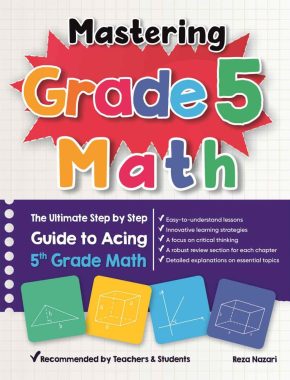
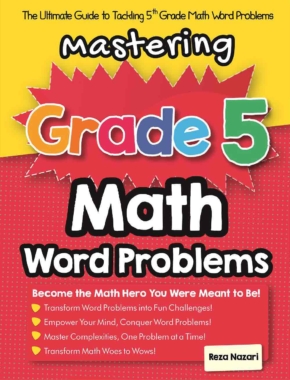
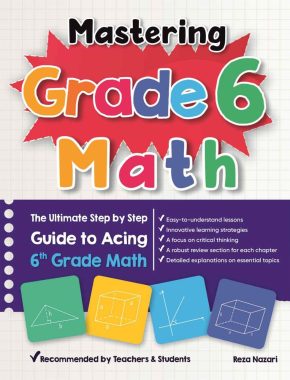
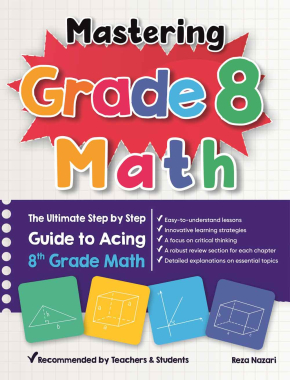
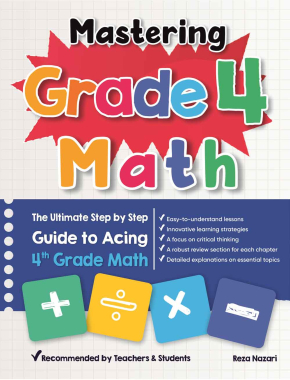
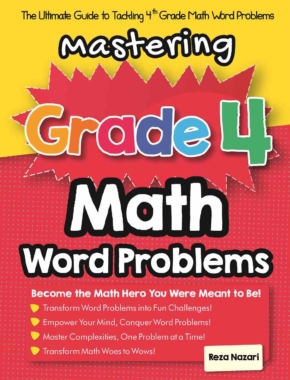


What people say about "Tri-Fractional Operations: How to Add and Subtract Three Fractions with Different Denominators - Effortless Math: We Help Students Learn to LOVE Mathematics"?
No one replied yet.